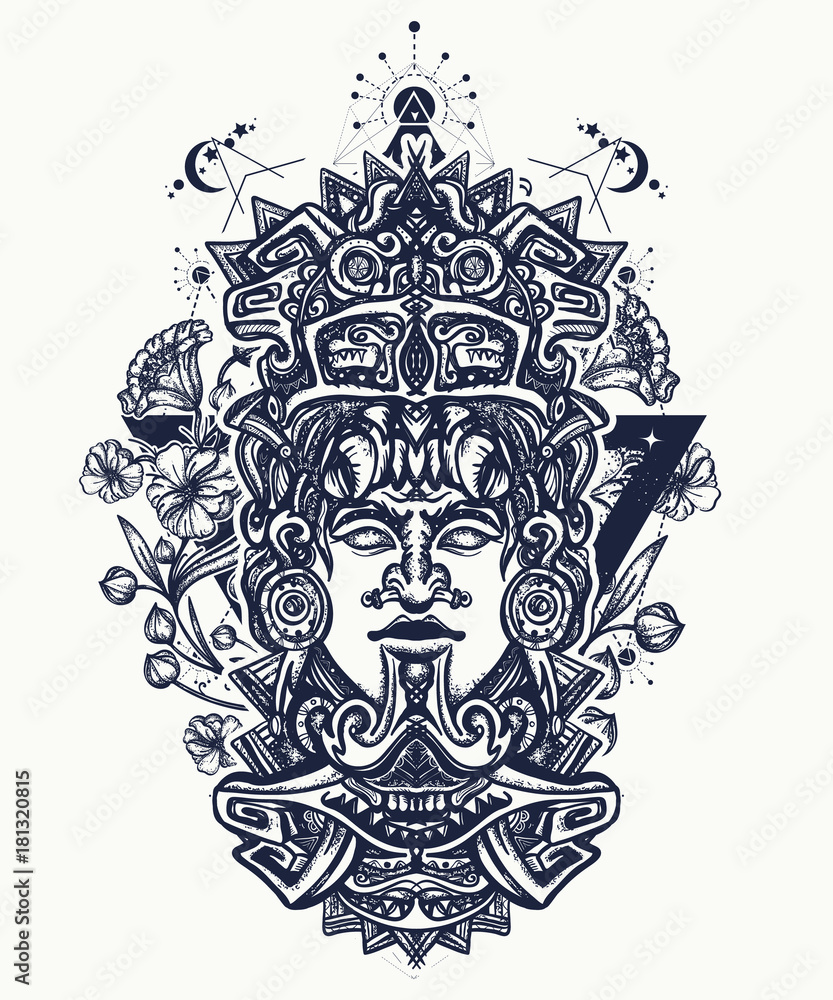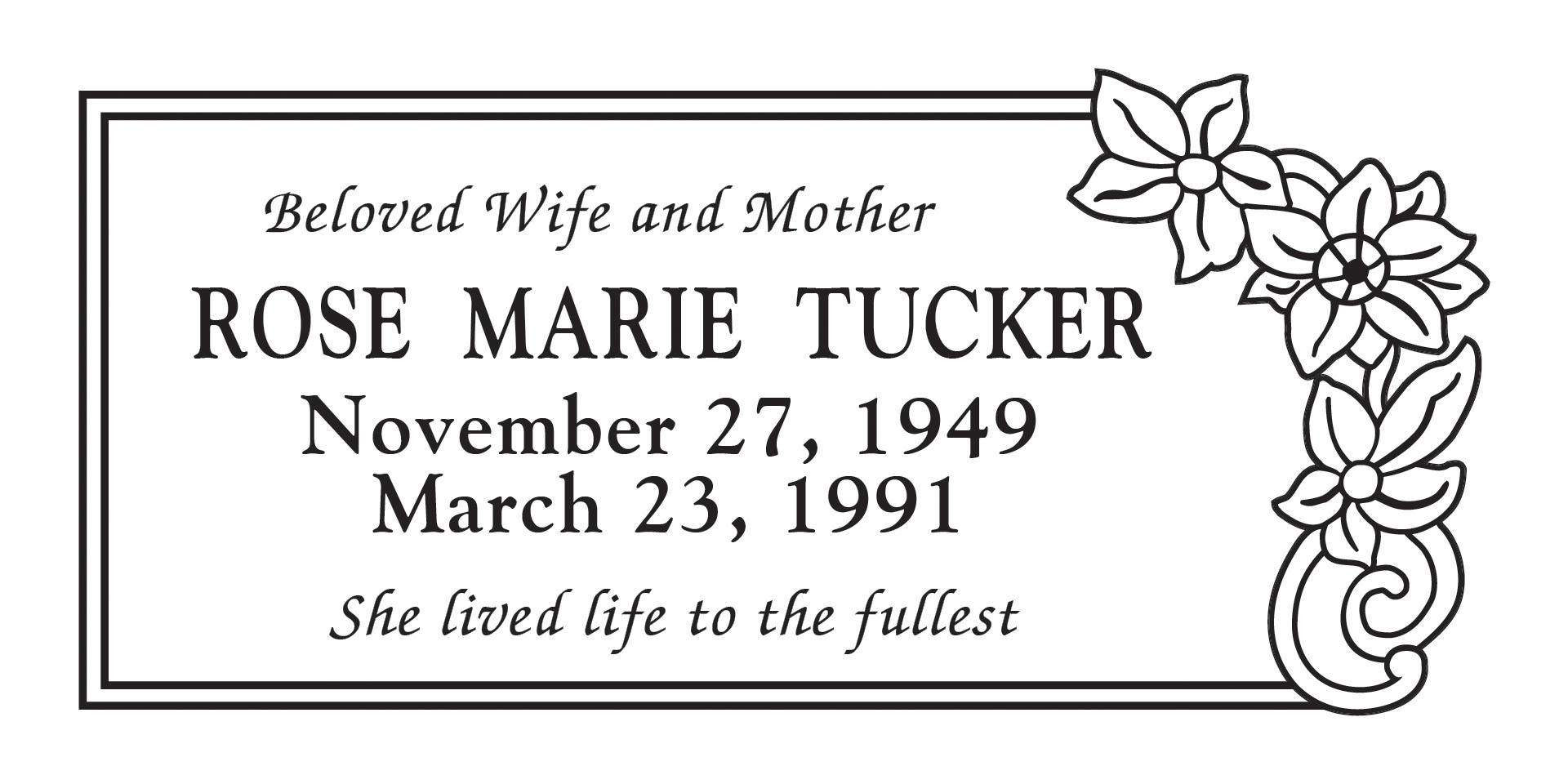Table Of Content

Firstly, the Maya used an array of brightly colored pigments that were unique to them in their art. Secondly, they were incredibly skilled at sculpting realistic statues of kings and various symbolic animals. Finally, their artwork was unique to them as it mainly expressed their religious beliefs. Other pre-Colombian groups such as the Olmecs and the Aztecs had differing beliefs, which they portrayed in their own artwork. One of the most elaborate burial sites of the ancient Mayan civilization is that of Queen Tz’akbu Ajaw in Chiapas, Mexico.
Art and Elitism
Mayan glyphs, also known as hieroglyphs, were a system of writing used by the Mayans to record their history, rituals, and beliefs. These glyphs were not only a means of communication but also served as a form of artistic expression. Each glyph represented a specific word or concept, and when combined, they formed sentences and stories. Likely the most publicized example of Mayan Revival was Robert Stacy-Judd's Aztec Hotel of 1924–1925. Its façade, interiors and furniture incorporated abstract patterns inspired by the Maya script with Art Deco influences, and it was built on the original U.S. Create a compelling cover design for a novella about an ancient Ojibway legend.
Maya and Mayan designs
In addition, the outline of structures when seen from above was also deliberate and could form or resemble Maya glyphs for, for example, completion and time. Indeed, many structures were built to specifically commemorate the completion of important time periods such as the 20 year katun. Features of Maya architecture include multi-level elevated platforms, massive step-pyramids, corbelled roofing, and monumental stairways. Exteriors were decorated with sculpture and mouldings of Maya glyphs, geometric shapes, and iconography from religion such as serpent masks. Interestingly, unlike in many other cultures, Maya architecture makes no particular distinction between religious and non-religious buildings.
Surviving Mayan Architecture
Stunning Train Station Being Built in Mexico Uses Mayan Design to Bring Sea Air in and Keep Rain Out - Good News Network
Stunning Train Station Being Built in Mexico Uses Mayan Design to Bring Sea Air in and Keep Rain Out.
Posted: Thu, 08 Jul 2021 07:00:00 GMT [source]
The Ancient Maya were a Mesoamerican civilization that developed in the area of what is now southeastern Mexico, Guatemala and Belize. It was an advanced civilization with a fully developed writing system, a knowledge of mathematics and astronomy and highly developed decorative art and architecture. To this day, a large number of Mayan sculptures, reliefs, murals and various items of pottery painted in famous Mayan style have been preserved. The Mayans were invaded by the Toltecs, and Spanish colonization destroyed all of their spiritual culture, so that only material culture monuments have remained.
The Mayans had a sophisticated understanding of pigments and dyes, which allowed them to create a wide range of vibrant colors. Each color held its own symbolic meaning and was carefully chosen to convey specific emotions or concepts. Wright's son, landscape architect and architect Lloyd Wright, served as construction manager for three of his father's four textile block houses. He independently designed the Henry Bollman house in 1922 in the Sunset Square neighborhood in Hollywood and the iconic Mayan-modernist John Sowden House in 1926 in the Los Feliz District of Hollywood.
Kings would frequently commission artworks of themselves so that they would not be forgotten. These give us important information about the people that made up the majority of the population. Kukulcan was known as one of the gods of creation and was very important to the Maya as well as other pre-Colombian cultures like the Olmecs and the Aztecs. In Chichen Itza, huge temples are dedicated to him and adorned with images of feathered snakes. Now that you know the purpose of Mayan art, you might be wondering what it all means. The Maya used a great deal of symbolism and religious iconography in their artworks.
The Significance of Mayan Glyphs in Artistic Symbolism
The open floor plan of the house is drastically different from houses of the time period, and marked a major turning point in modern architecture in Los Angeles. Construction of the Hollyhock House led to California Modernism, and brought Schindler, Wright and Richard Neutra, three architects who would go on to build some of the city’s most iconic buildings. They carved intricate patterns, figures, and hieroglyphs into a variety of materials such as limestone, wood, and even precious stones like jade and obsidian. In this section, we will take a closer look at, stelae, zoomorphs, and wooden carvings.

Hollyhock’s lasting impact in the architecture field
This was defined by architectural elements such as detailed stucco facades and towering temples. The development of language and writing also saw the beginnings of hieroglyphic writing, which made its debut in the 3rd century. Some believe that this civilization died out a long time ago, but there remain more than six million descendants of the Mayan society to date with over 28 surviving languages.
Acoustics Were Deliberately Designed Into Ancient Arenas - Sports Video Group
Acoustics Were Deliberately Designed Into Ancient Arenas.
Posted: Tue, 07 Feb 2023 08:00:00 GMT [source]

Wright's Hollyhock House on Olive Hill in Los Angeles copied the shape of temples from Palenque, and the Imperial Hotel in Tokyo was in the shape of a Mesoamerican pyramid. The Mayans’ art is a rich source of ancient knowledge that informs us about the culture, mythological beliefs, and structured lifestyle that the Mayans followed. These spectacular Mayan artworks form part of a selection of many other amazing works of art that display complex thinking and systems around architecture, cosmology, and art.
Maya temples, like many Mayan buildings, were constructed of stone, with platform levels above where timber and thatch buildings could be added. Temples were often pyramids with steep stone stairs leading to the summit, where significant ceremonial rituals and sacrifices were performed. The palaces were massive, multi-story Maya structures that housed the ruler and his family. They were typically built of stone with wooden buildings on top and thatched roofs.
Vygotsky stated that a child follows an adult's example and gradually develops the ability to do certain tasks without help. Vygotsky believed that the role of education is to give children experiences that are within their zones of proximal development, thereby encouraging and advancing their individual learning. We will tell you how you can use that in a design process, but first you need some more background on the ZPD. Most of us have experienced the frustrating feeling of trying to explain and sell a great design solution and not get the buy-in from our management or clients.
The Maya temples and palaces that have withstood the test of time often contain stone carvings depicting battles, wars, kings, dynastic successions and more. The Maya were literate and had a written language and books, of which only a few survive. The carved glyphs on temples and palaces are therefore important because there is so little remaining of the original Maya culture. The Maya used various ratios in their temples and residences to create harmonious structures without using formal units.
Sayil is said to have played a significant role in the transformation of Maya civilization from the Classic Period to Postclassic society. Sayil, built in the classic Puuc Mayan architecture, was established around 800 AD and reached its peak in the 9th century. Archaeological information indicates that its monarchs acquired riches and power through controlling farm areas. Stone carvings portraying wars, battles, monarchs, dynasties, and other events may be found in Mayan palaces and temples that have endured the ravages of time.
Stone carvings were discovered on buildings, stairways, and pyramids, and often covered subject matter related to historical accounts, political leaders, and various pictorial symbols. Mayan art relied on stone stelae and limestone, which supported sculptural artists and engravers and resulted in some of the most beautiful images of noble society. Uncover the impact of Mayan designs on contemporary art, fashion, and design. The timeless beauty, intricate patterns, and symbolic meanings of Mayan designs have continued to captivate and inspire artists and designers around the world. It is believed that carvings in wood were once extremely common, but only a few examples have survived. Most 16th-century wood carvings, considered objects of idolatry, were destroyed by the Spanish colonial authorities.














